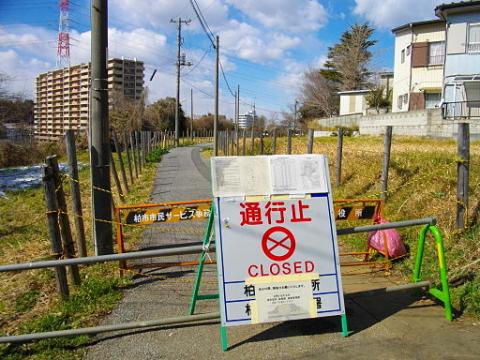
Three years after the Fukushima disaster, Japan’s Prime Minister Shinzo Abe seeks to have his country’s decommissioned nuclear power plants restarted and made active again. The following article was prepared by Richard Coaxum, who interned with the Maryknoll Office for Global Concerns during the summer of 2014, and published in the September-October 2014 NewsNotes.
In March 2011, Japan’s Fukushima region suffered from both natural and man-made catastrophes in the earthquake, tsunami, and nuclear reactor disasters. The resulting damage prompted Japan’s then Prime Minister Naoto Kan to urge the country to wean itself off of nuclear power and seek to utilize more renewable energy.
Kan was not alone in his assessment. Upon seeing the destruction wrought in Fukushima, Niigata’s Bishop Tarcisio Isao Kikuchi stated, "People have been deprived of the ordinary life, and for many of them it will be impossible to get it back. Most people do not care for the daily struggles of the people of Fukushima, but even if we are not directly responsible for the disaster, we have the responsibility to make new choices on the subject."
Read Maryknoll's statement on the use of nuclear energy and nuclear weapons here.
When asked about potential cleanup of the facility following the disaster, Juan Carlos Lentijo, head of the International Atomic Energy Agency, responded, "In my view, it will be nearly impossible to ensure the time for decommissioning such a complex facility in less than 30-40 years as is currently established in the roadmap."
Power plant operator Tokyo Electric Power Co. (TEPCO) is hindered in its clean-up efforts due to resulting waste and fatally high levels of radiation, both the results of the melted fuel and contaminated water from the reactors which must be kept cool in order to keep the plant safe and stable enough to clean it.
As is typical with operators of nuclear reactors, TEPCO faces the lack of storage space for the radioactive waste. The need for storage was made more urgent after shifting from underground pools (three out of seven which have leaked contaminated water) to steel tanks which are now near capacity. While seeking replacement storage space there was still unimpeded flow of radioactive runoff -- about 400 tons of contaminated water per day at the power plant.
TEPCO’s problems have been exacerbated by its inability to meet the deadlines to have the water surrounding the facility cleared out. Its solution -- diverting groundwater into the sea to keep it from becoming contaminated in the reactor basements, a process which was approved by local fishermen -- has not helped alleviate the storage needs.
The sea diversion method has serious consequences: One of the radioactive isotopes, Strontium-90, which is linked to cancer, has been found in the water where Japanese fishermen work. Due to Strontium-90’s half-life of 30 years and its ability to be stored in fish bones, South Korea banned seafood imports from eight Japanese prefectures near Fukushima. Additionally, scientists in the United States have found cesium, a radioactive isotope linked to the Fukushima plant, in the kelp off the coast of San Diego.
To treat the contaminated water, TEPCO and the Japanese government invested in the Advanced Liquid Processing System (ALPS), a filtration method that could eliminate most of the radioactive isotopes from the outgoing water. But, despite the Japanese government’s 15 billion yen (US$146 million) in the system, the ALPS has been plagued with corrosion and liquid leaks leading to technical delays which spurred Naomi Hirose, the power plant’s president, to miss one of his scheduled deadlines to have the water at the site treated by March 31, 2015.
The damages and cost of the aftermath of the Fukushima disaster makes it quite evident that the nuclear fuel cycle is unsafe because it contributes large amounts of radioactive waste which cannot be disposed of safely, placing not only workers, but also local families at risk of continued exposure to radioactivity.
